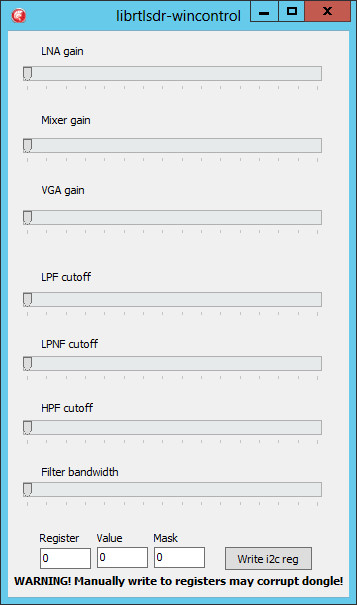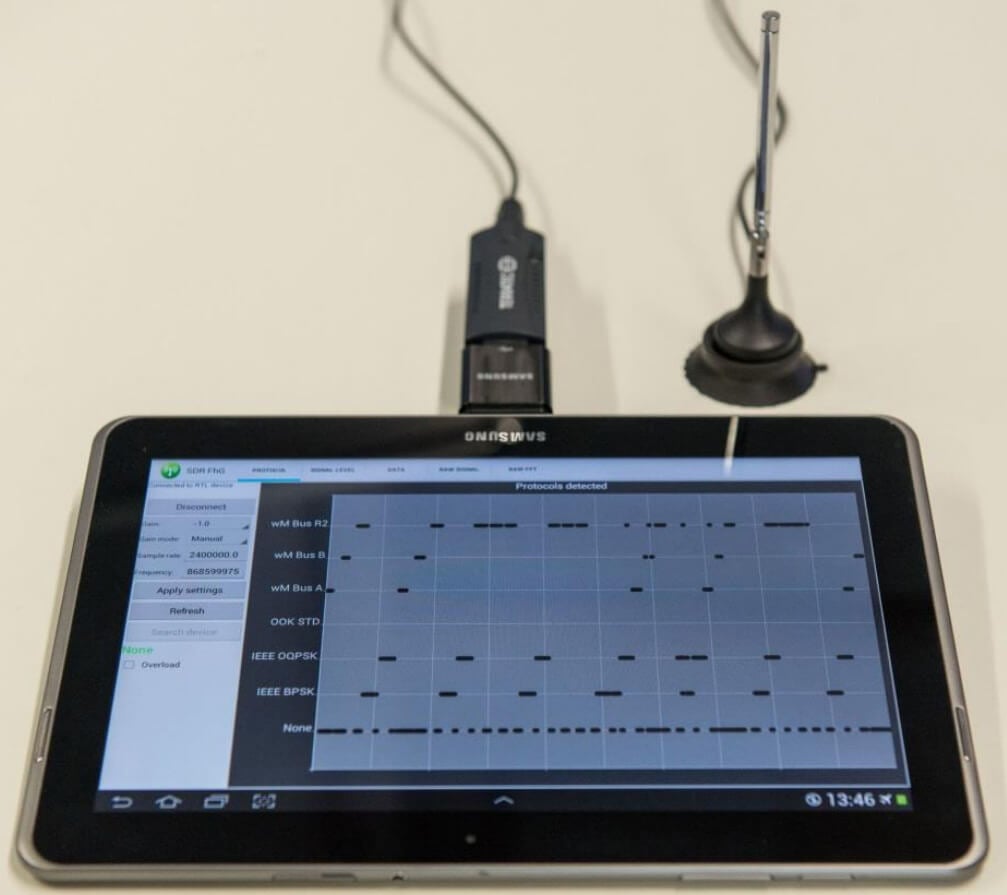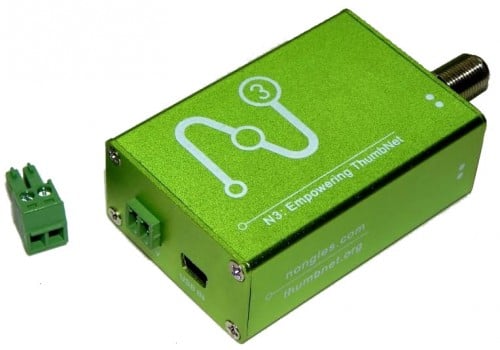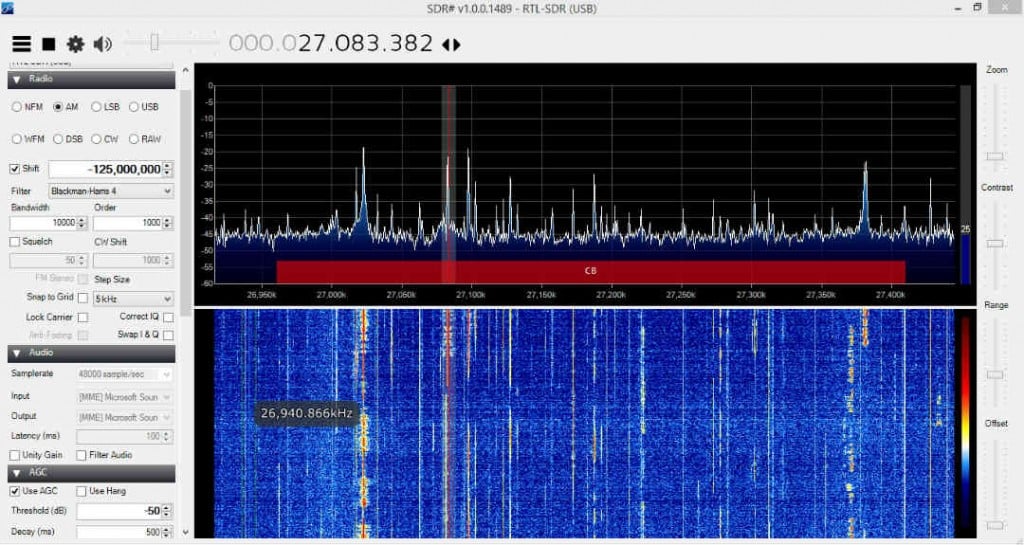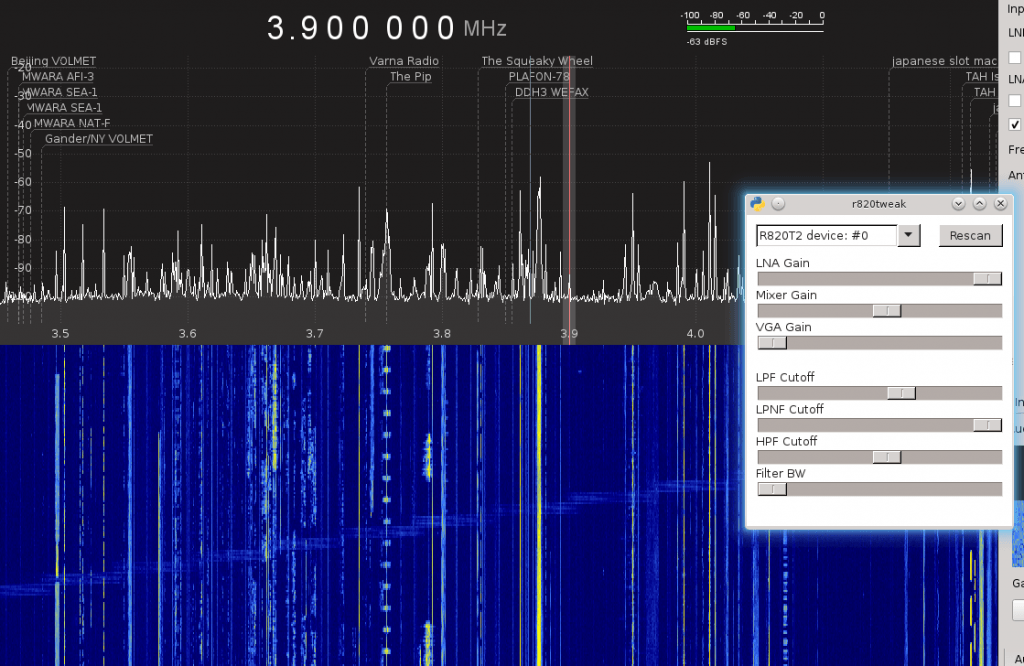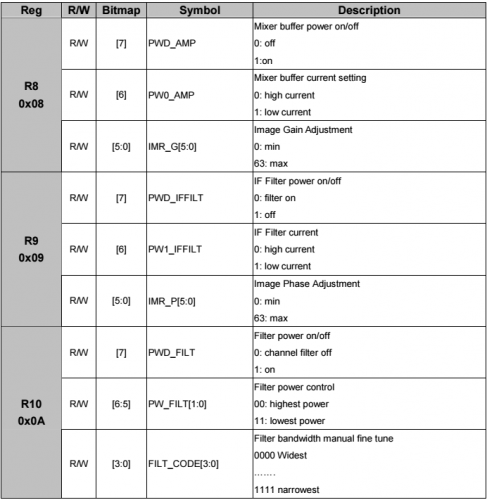This is just an update post for those wishing to purchase or are waiting on delivery for items from our store at www.rtl-sdr.com/store.
Amazon USA
The RTL-SDR.com V3 has proven to be more popular than we anticipated and Amazon ran out of stock a few weeks ago. New stock should be arriving at the Amazon warehouses early next week, but we don’t know how long Amazon will take to process the stock and put it back on the shelves. It should hopefully be ready in under a week.
International
For international orders from our Chinese warehouse, please be aware that international shipping is quite slow at the moment, due to the peak season parcel rush. The international mail system struggles to cope with mail at this time of the year due to a vast increase in Christmas parcel volume. Delivery times are still typically under 4 weeks but for some parcels, and to some countries we can expect shipping times of up to 6 weeks or longer.
Some people have noted that parcels ordered after a previous order have arrived earlier. We use the same postal system as everyone else (there’s only really one international air mail system!), but what can happen is that on some days the parcels may get a direct flight, and on other days they may get an indirect flight. Those indirect ones can end up taking much longer. Also planes can break down, parcels can miss a connecting flight or security can hold a container of many parcels for days just because they saw one suspicious parcel inside. Thus international parcel delivery times have a very large scattering, ranging from less than a week to six weeks or more. We thank you for your patience if your parcel happens to end up on the slower end of the scale. But if your parcel does end up taking over 6 weeks please let us know as we may be able to open a lost parcel investigation. If your parcel is lost it will be resent or refunded on your preference.
If you are tracking a parcel we recommend 17track.net, aftership.com and track-chinapost.com. Try all three as sometimes one has more up to date tracking than another. Please note that we’ve found that around this time postal workers will often not bother to scan the tracking label on parcels, since they are rushing so much. This can cause a lack of tracking updates for a while. Also if there are queues for customs checks in your local country the parcel can wait around in the container without a scan for a long time, until customs gets to it.
We have several shipping methods available. China Post/Swiss Post/HK Post are about the same speed once they leave. But generally Swiss/HK post are faster to leave China. China Post parcels can sometimes take a few extra days to pass through security. Some countries which support it, will automatically be upgraded to EMS ePacket priority mail. We also have some new special methods for some countries which are still air mail, but use a faster more direct flight to the destination. Of course the more expensive express mail services like DHL/UPS/Aramex are also available, but even they have about a 1 week shipping delay at the moment.
However, despite these shipping time uncertainties, the majority of parcels still seem to be making it through the postal system in a timely manner. Thanks to everyone for supporting the RTL-SDR.com blog!
